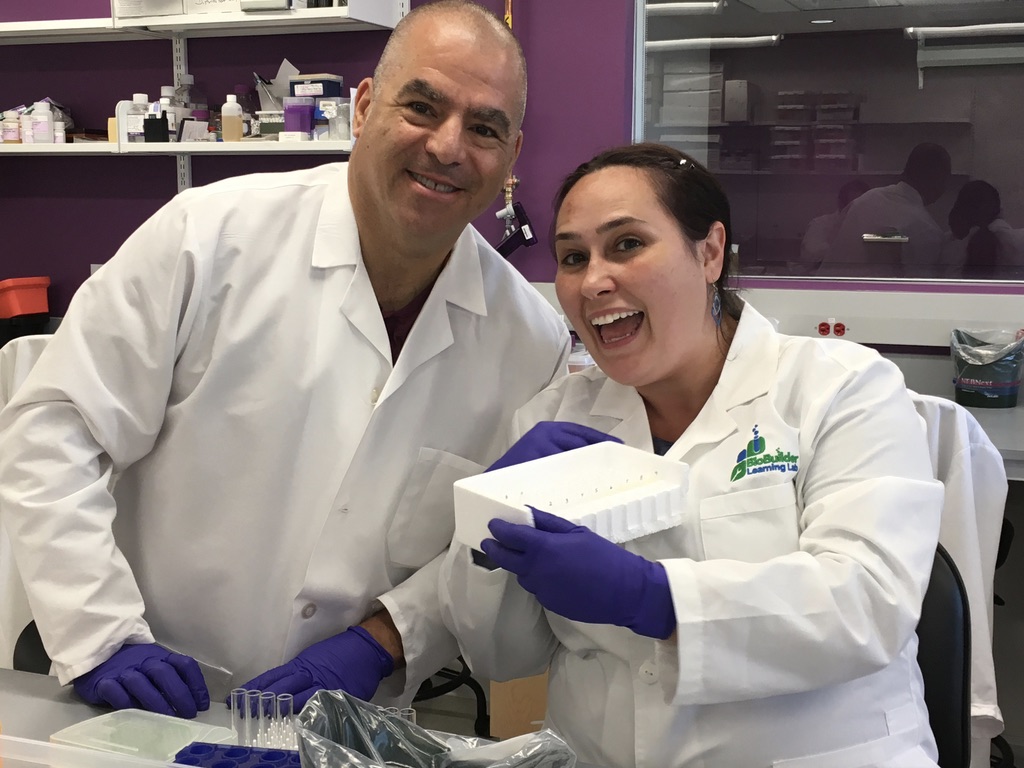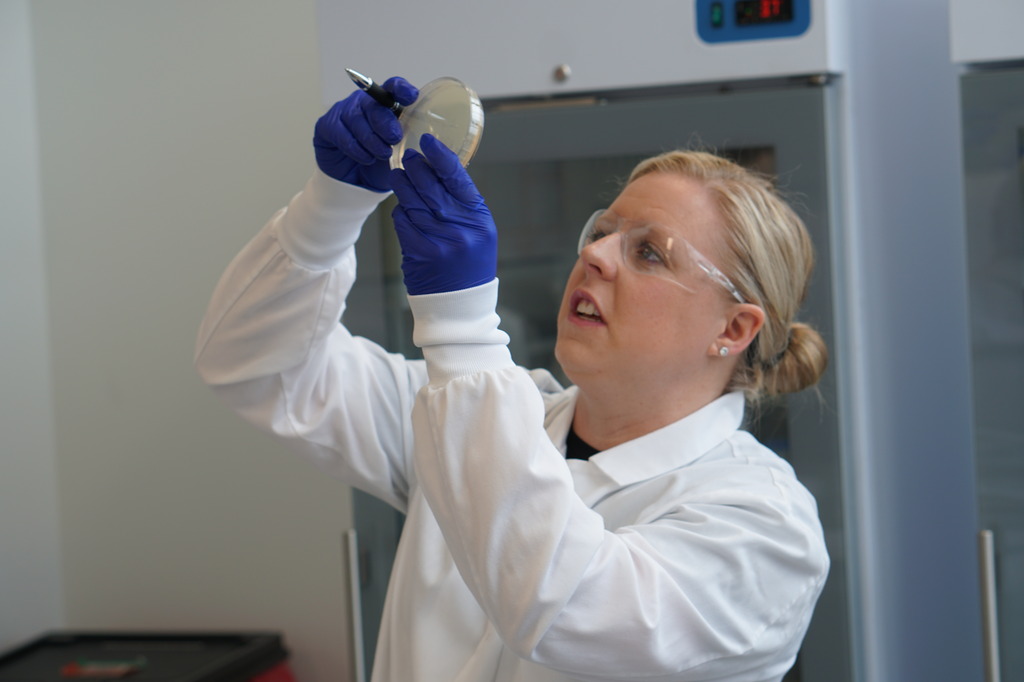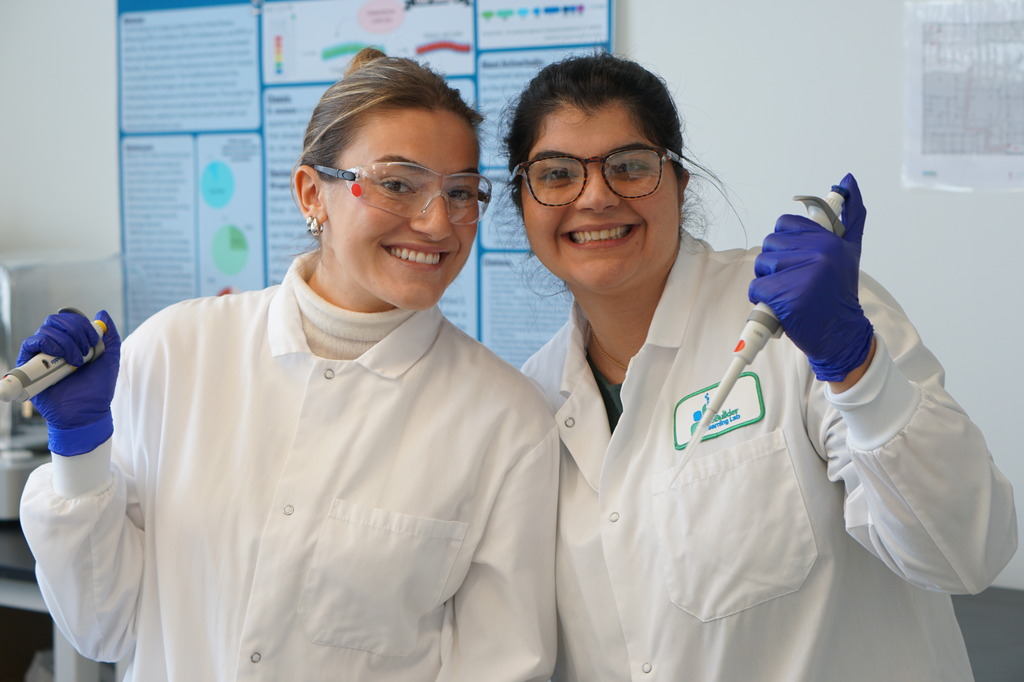Programs for Students
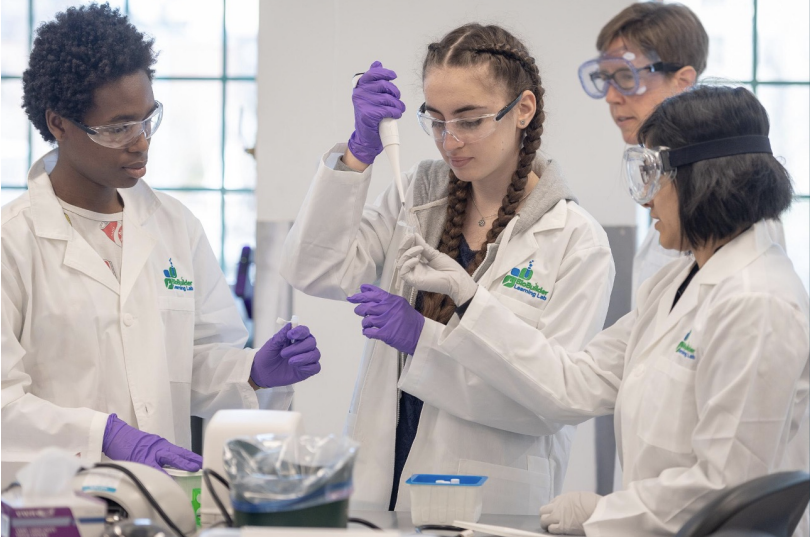
Expand and strengthen your path to college and career
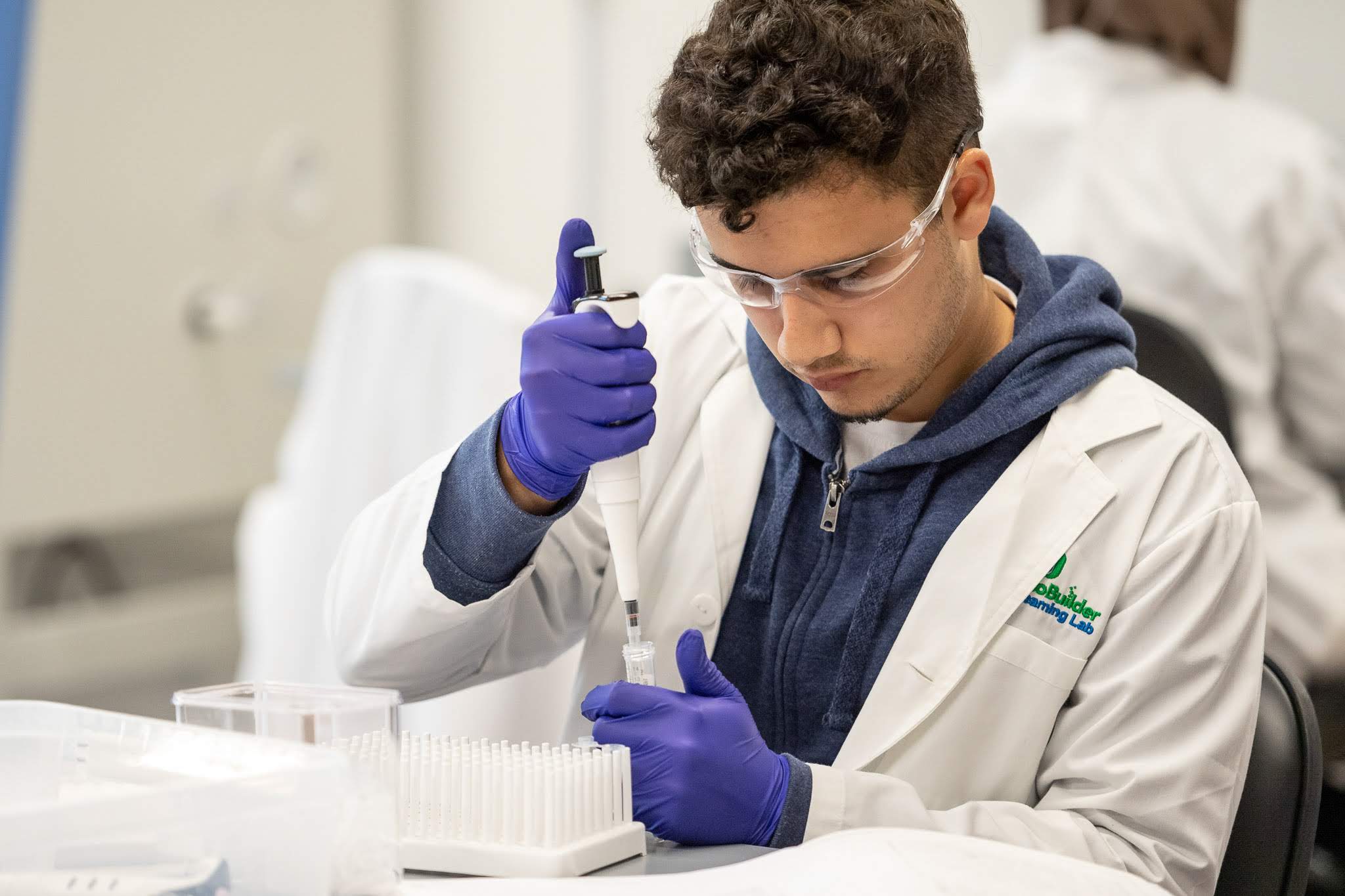
Summer Research Program for High School Students
Open to rising 10th-12th graders in the Boston-metro area
- July 21st – Aug 1st, 2025
- Held in our state-of-the-art Learning Lab in Boston’s Seaport District
- Limited to 24 students

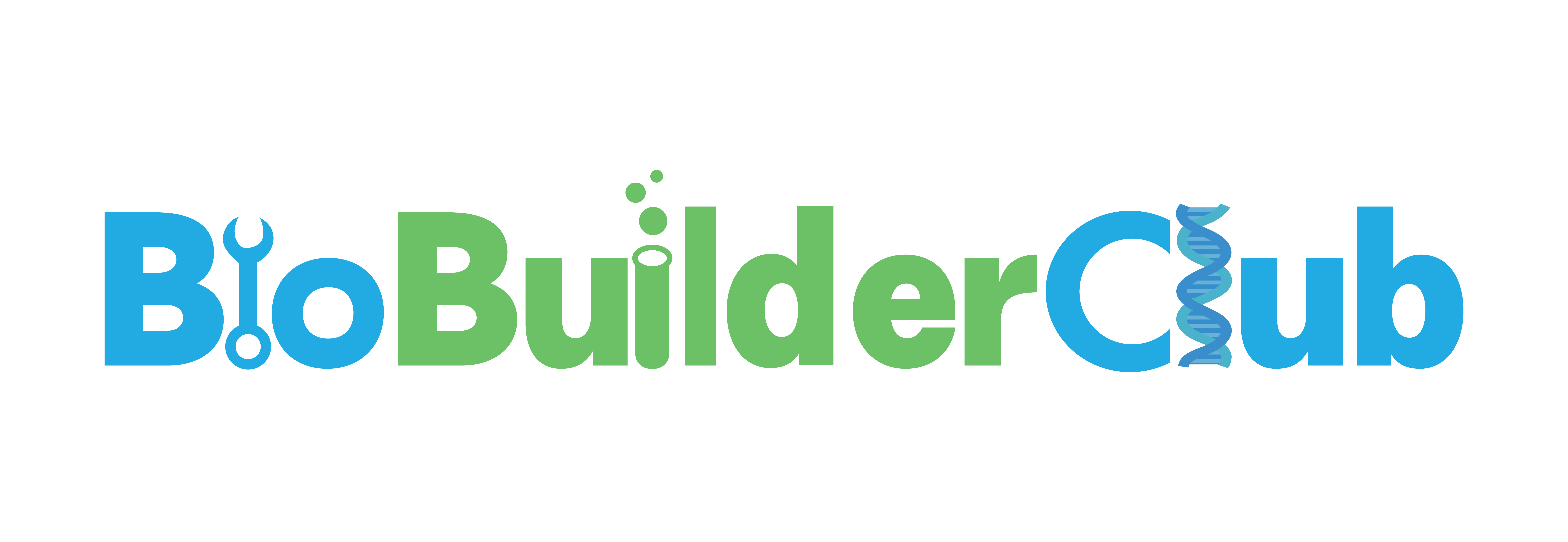
Design, Build, and Test Biotechnologies
Runs every school year from mid-October to mid-March
- Teams are mentored on project ideas by a practicing bioengineer
- Laboratory resources are provided by Carolina Biological Supply Company and New England Biolabs
- All teams are invited to present at the Final Assembly Symposium in March.
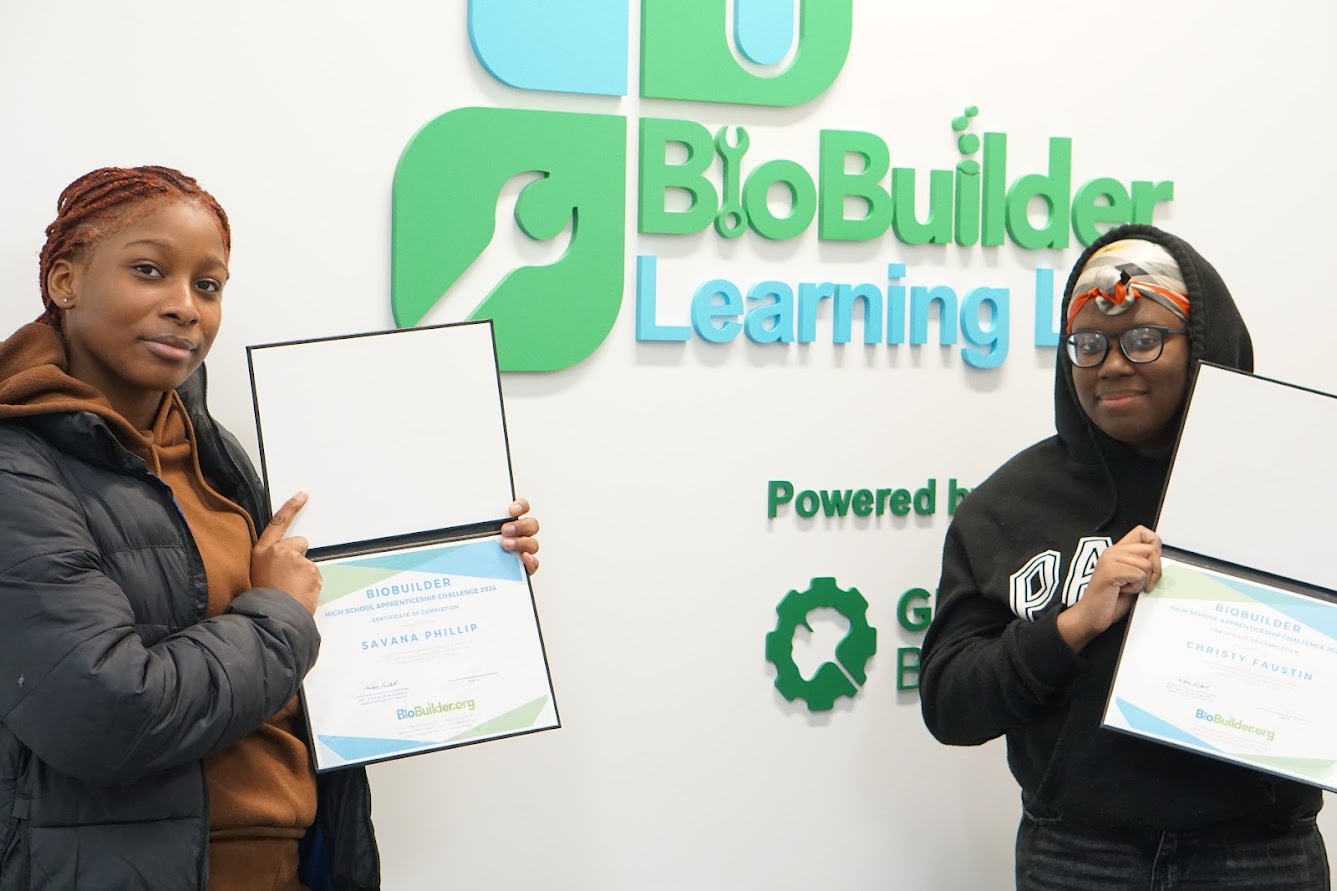

High School Apprenticeship Challenge
Preparing Boston-area high school students for careers in life science
- Meets Thursdays (4-6PM online) and Saturdays (9AM-2PM) from October to December.
- Build technical knowledge, lab techniques, research-based thinking and professional skills over eight weeks
- Limited to 24 students
- Students who complete earn a $500 stipend and test for micro-credentials at no cost
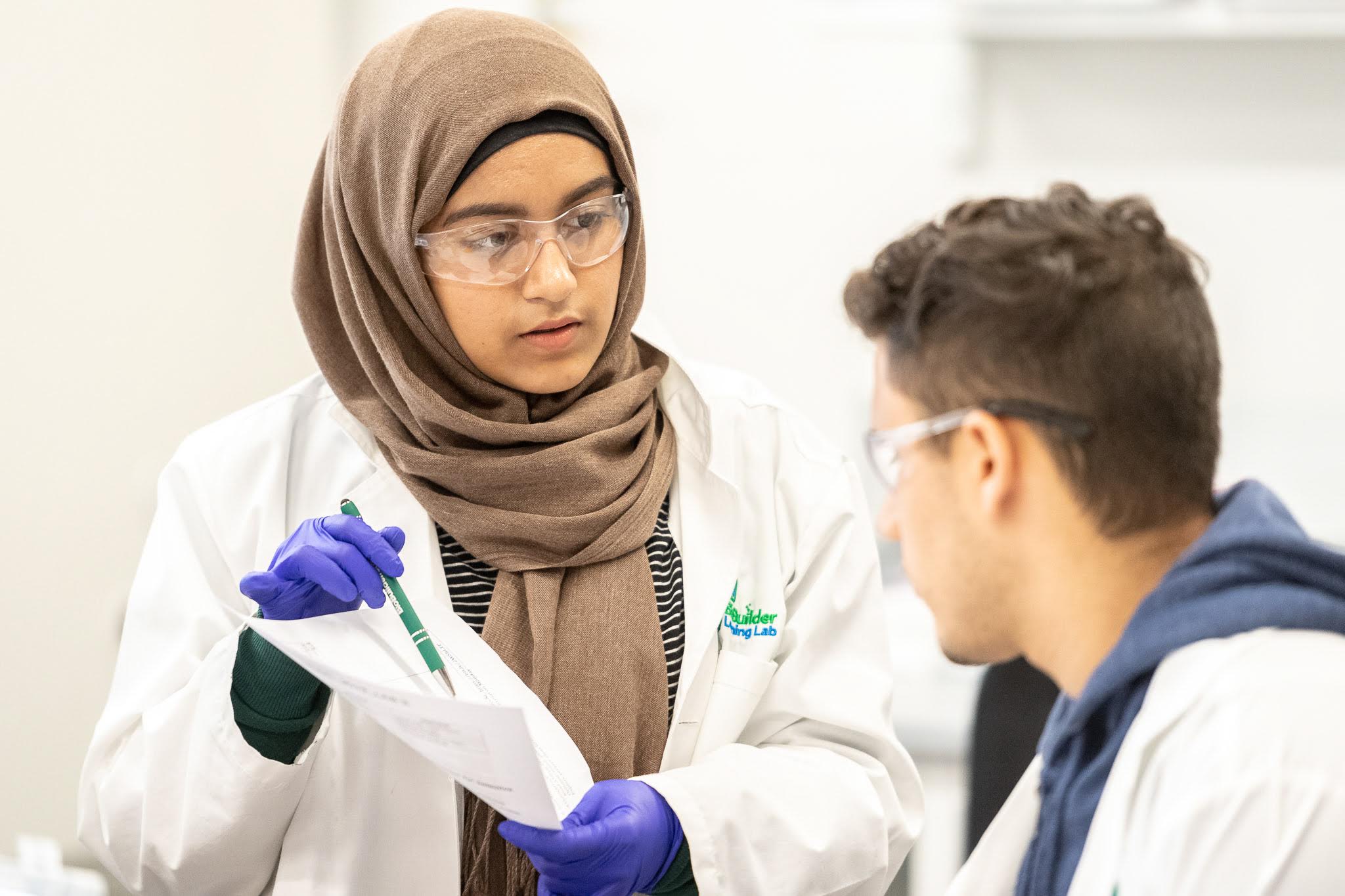
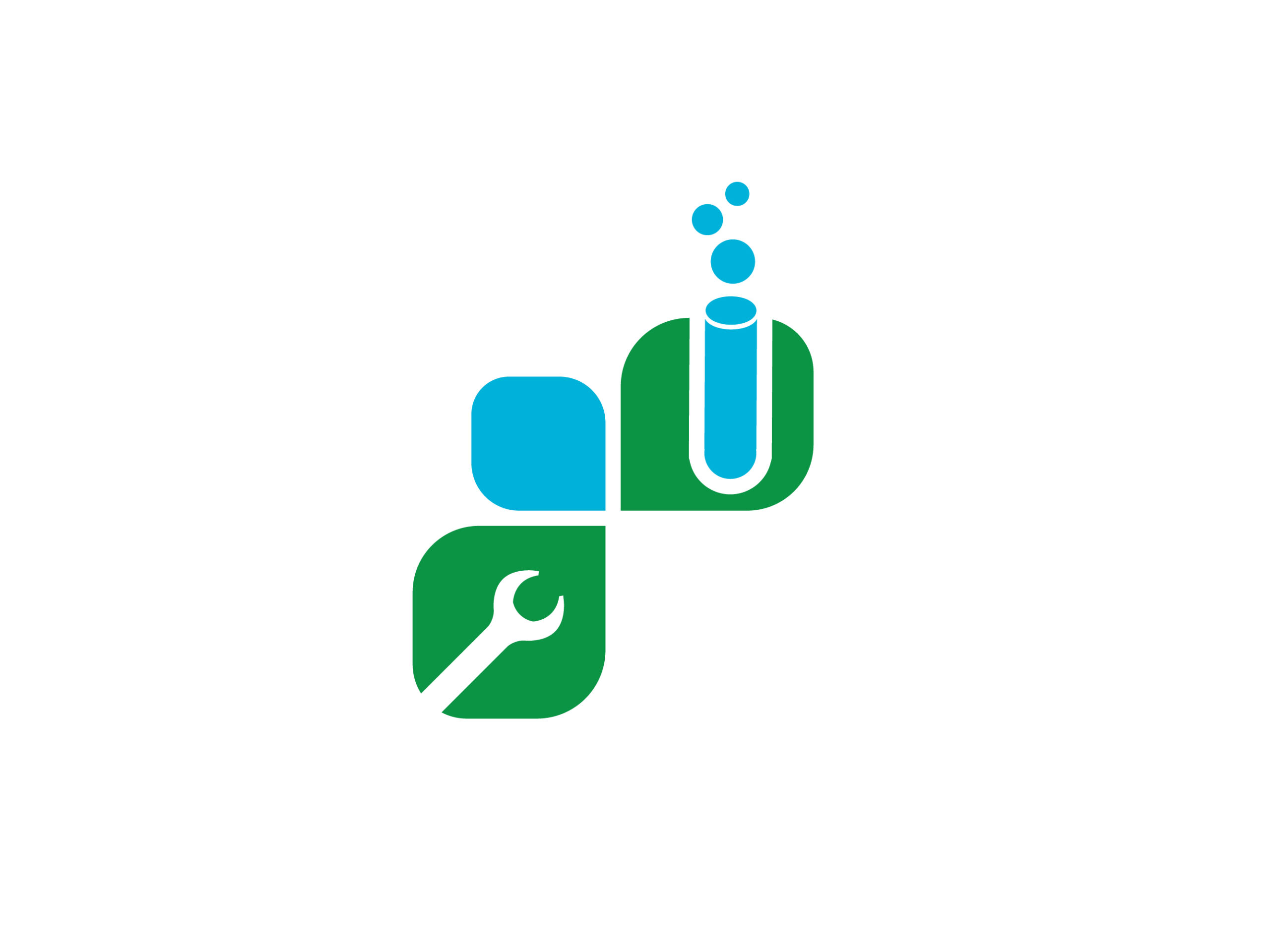
Summer Internship at BioBuilder
By invitation only
- Work full-time for 8 weeks
- Assist with lab preparation, teaching workshops, and curriculum development
- Must be eligible to work in the US and have past BioBuilder experience
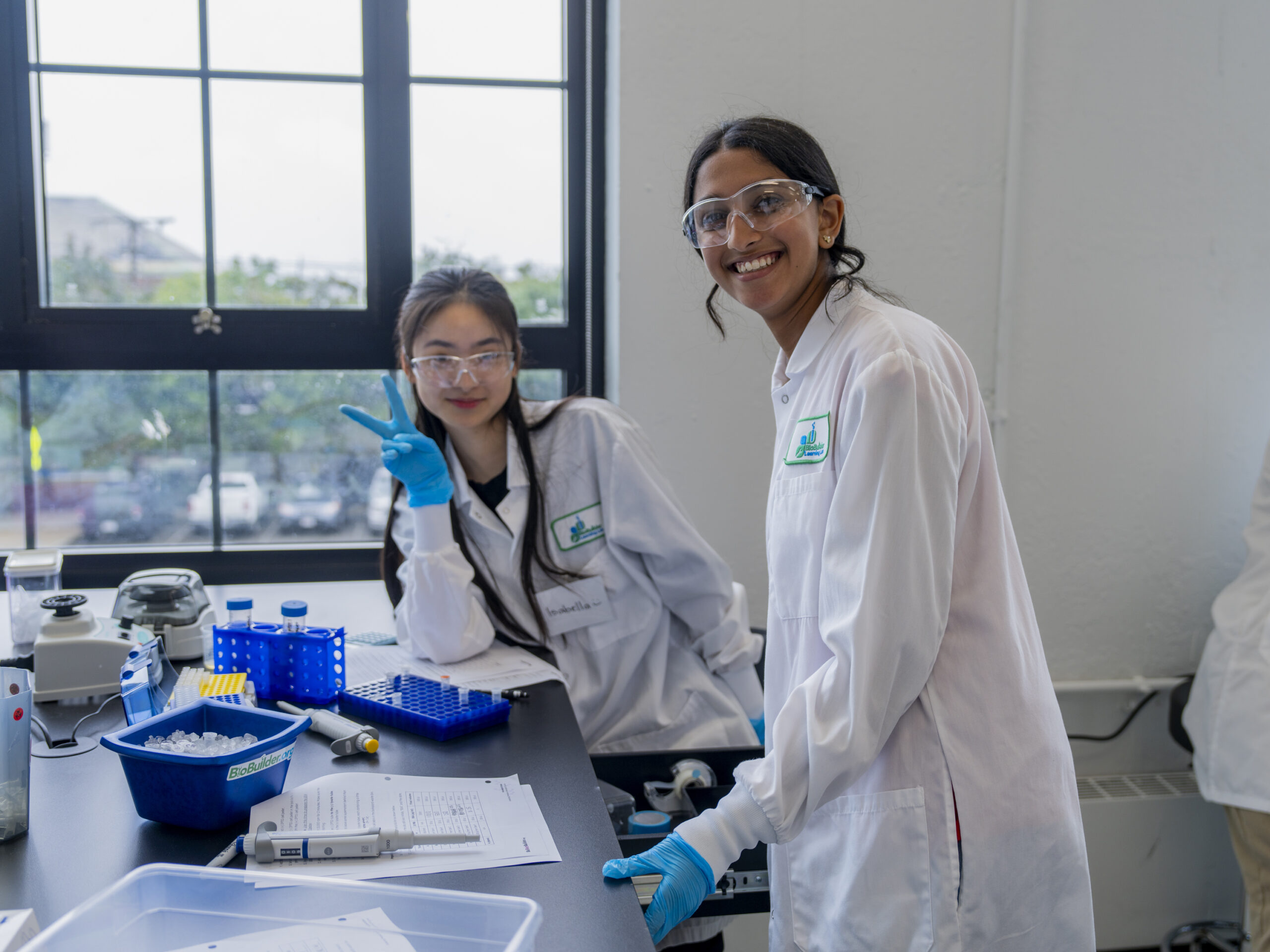
Visit a Learning Lab
Our industry-standard research spaces enable students and scientists to work side-by-side
- Open to Middle, High School, and College Groups
- Workshops are led by BioBuilder’s Trained Scientists
- 3 hour workshops are scheduled year round
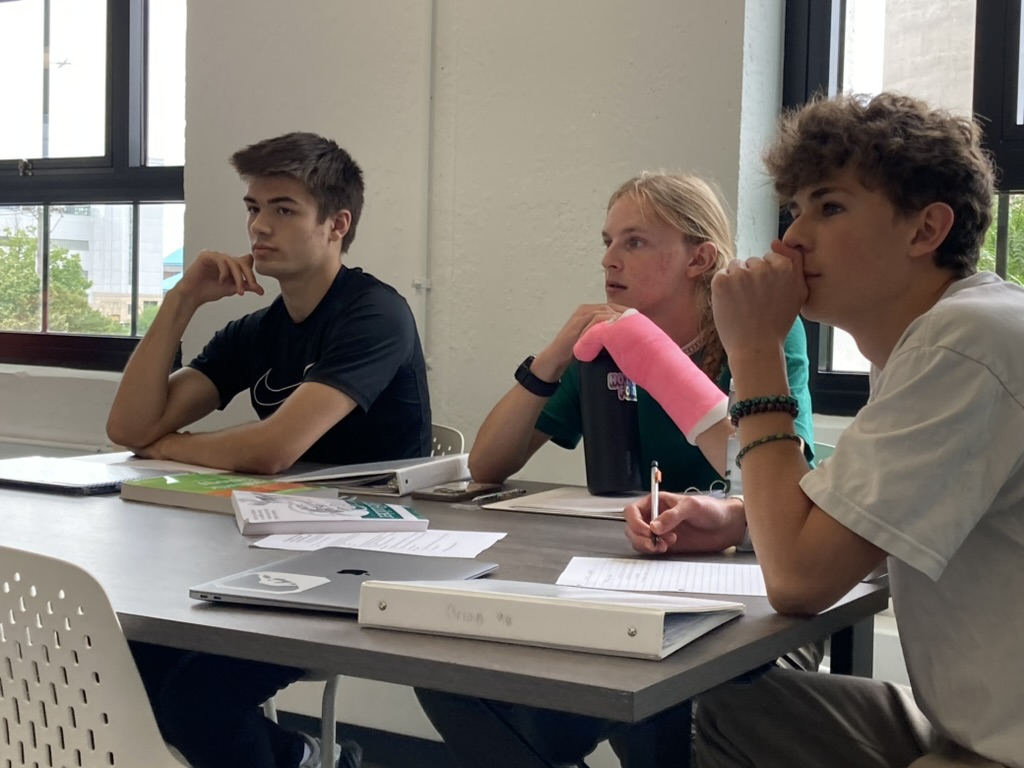
Career Conversations
Free and accessible to all
- Find dozens of interviews with bioengineering students, academics, and industry professionals
- Experts offer advice and wisdom about careers in science
- Led by BioBuilder’s Founder and Executive Director, Dr. Natalie Kuldell
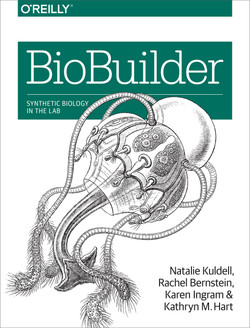
Open Access Curriculum
Learn at your own pace
- Learn the principles of synthetic biology
- Find BioBuilder’s textbook chapters, videos, and lab protocols
- Free
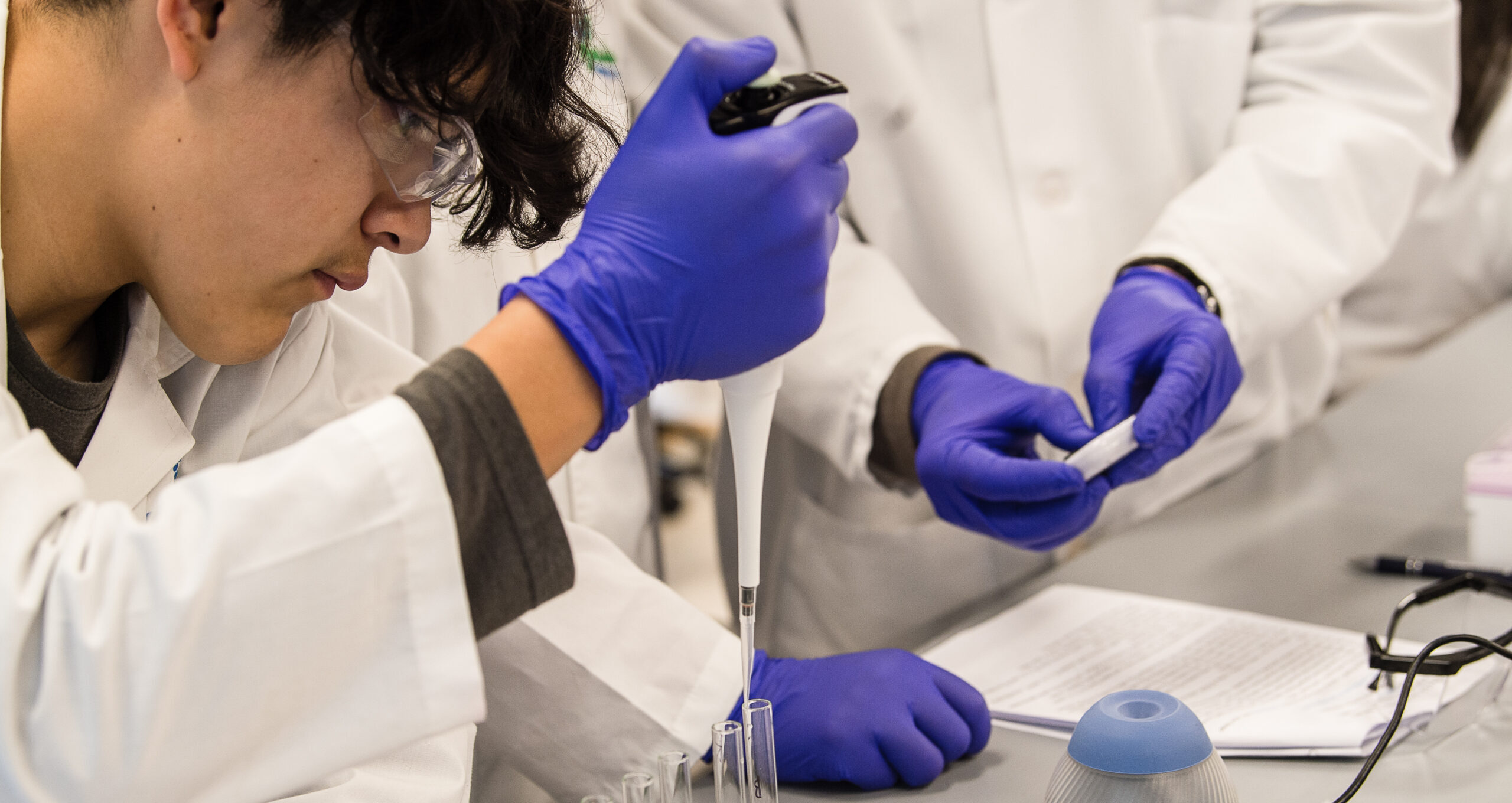
Custom Workshops
All ages
- Online or in person
- Can be from 3 hours to 2 weeks long
- Offered year round
The BioBuilder Educational Foundation is a nonprofit dedicated to
Pricing and Plans
The BioBuilder Educational Foundation is a 501c3 nonprofit committed to mobilizing talent everywhere.
We do our best to make sure money is not a barrier to participation.


